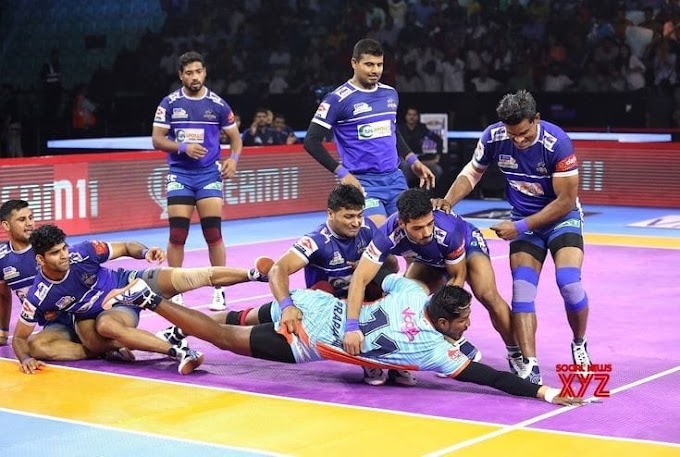Understanding Indirect Speech – Simple Past Tense
Simple Past Tense in direct speech changes to Past Perfect Tense in indirect speech.General Rule:
Simple Past → Past Perfect
(V2 → had + V3)
Structure:
Direct:Subject + reporting verb + “Subject + V2 + object…”
Indirect:
Subject + reporting verb + that + subject + had + V3 + object…
Examples using different reporting verbs:
• saidDirect: He said, “I finished my work.”
Indirect: He said that he had finished his work.
त्याने सांगितले की त्याचे काम संपले होते.
• told
Direct: She told me, “I visited my aunt.”
Indirect: She told me that she had visited her aunt.
तिने मला सांगितले की तिने तिच्या मावशीला भेट दिली होती.
• informed
Direct: The officer informed us, “The gate was closed.”
Indirect: The officer informed us that the gate had been closed.
अधिकाऱ्याने आम्हाला माहिती दिली की गेट बंद केले गेले होते.
• explained
Direct: The teacher explained, “The machine stopped suddenly.”
Indirect: The teacher explained that the machine had stopped suddenly.
शिक्षकांनी समजावले की मशीन अचानक बंद झाले होते.
• added
Direct: She added, “I called him in the morning.”
Indirect: She added that she had called him in the morning.
तिने पुढे सांगितले की तिने सकाळी त्याला फोन केला होता.
• replied
Direct: He replied, “I forgot the keys.”
Indirect: He replied that he had forgotten the keys.
त्याने उत्तर दिले की त्याने चाव्या विसरल्या होत्या.
• mentioned
Direct: She mentioned, “I cooked dinner last night.”
Indirect: She mentioned that she had cooked dinner the night before.
तिने नमूद केले की तिने मागच्या रात्री जेवण बनवले होते.
• remarked
Direct: He remarked, “She left early.”
Indirect: He remarked that she had left early.
त्याने टिप्पणी केली की ती लवकर निघून गेली होती.
• stated
Direct: The manager stated, “We locked the store at 9.”
Indirect: The manager stated that they had locked the store at 9.
व्यवस्थापकाने नमूद केले की त्यांनी दुकान ९ वाजता बंद केले होते.
• declared
Direct: The leader declared, “We won the match.”
Indirect: The leader declared that they had won the match.
नेत्याने जाहीर केले की त्यांनी सामना जिंकला होता.
• reported
Direct: The journalist reported, “The fire broke out at midnight.”
Indirect: The journalist reported that the fire had broken out at midnight.
पत्रकाराने अहवाल दिला की मध्यरात्री आग लागली होती.
• noted
Direct: She noted, “The room smelled of paint.”
Indirect: She noted that the room had smelled of paint.
तिने लक्षात घेतले की खोलीत रंगाचा वास येत होता.
• observed
Direct: He observed, “The stars shone brightly.”
Indirect: He observed that the stars had shone brightly.
त्याने निरीक्षण केले की तारे चमकत होते.
• commented
Direct: She commented, “The performance was excellent.”
Indirect: She commented that the performance had been excellent.
तिने टिप्पणी केली की सादरीकरण उत्कृष्ट झाले होते.
• asserted
Direct: He asserted, “I completed the project on time.”
Indirect: He asserted that he had completed the project on time.
त्याने ठामपणे सांगितले की त्याने प्रकल्प वेळेवर पूर्ण केला होता.
• claimed
Direct: She claimed, “I saw him there.”
Indirect: She claimed that she had seen him there.
तिने दावा केला की तिने त्याला तिथे पाहिले होते.
• confirmed
Direct: He confirmed, “The payment reached yesterday.”
Indirect: He confirmed that the payment had reached the day before.
त्याने पुष्टी केली की पैसे आदल्या दिवशी आले होते.
• acknowledged
Direct: She acknowledged, “I made a mistake.”
Indirect: She acknowledged that she had made a mistake.
तिने मान्य केले की तिने चूक केली होती.
• announced
Direct: The school announced, “The results were declared.”
Indirect: The school announced that the results had been declared.
शाळेने घोषणा केली की निकाल जाहीर करण्यात आले होते.
• confessed
Direct: He confessed, “I broke the vase.”
Indirect: He confessed that he had broken the vase.
त्याने कबूल केले की त्याने फूलदाणी फोडली होती.






0 Comments